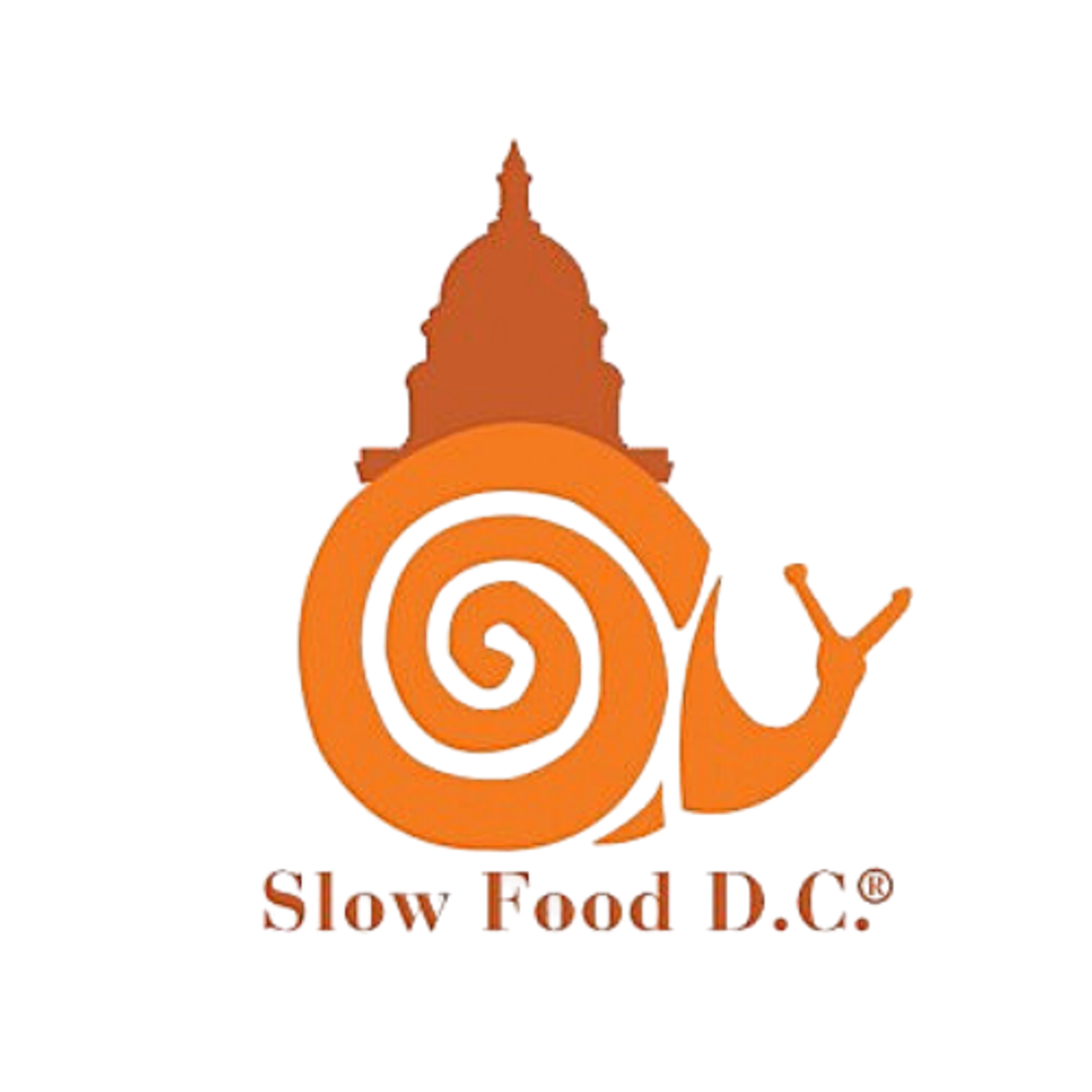Sustainable Fish 101
This past Friday, over a delicious snifter of local brown ale, I joined a dozen other DC-area foodies for a crash course on how to become a more informed, ethical seafood consumer. First, Hellbender's operations manager, Bill Mitchell, welcomed the group to the Snail of Approval winning Fort Totten area brewery and spoke about the brewery's sustainability efforts and partnerships (including hosting educational talks like the one that was about to begin). Then, SFDC board member and local seafood expert, Lauren Parnell launched into a fascinating introduction to the world of sustainable fish.... To be honest, things started out pretty bleak. If you think choosing ethically raised chicken eggs is confusing -- should you seek out organic? cage-free? free-range? pastured?? -- it pales in comparison to how complicated it is to truly know that you are choosing fish and shellfish that have been responsibly harvested. Even a basic question like "should I choose wild or farmed seafood" has various qualifying criteria that encompass social, environmental, and economic factors. I had read that wild Atlantic salmon was good... but it turns out there is no such thing as wild Atlantic salmon available in the U.S. I thought farmed shrimp were bad... but it depends on where and how they are farmed. Should I just stop eating seafood altogether?? I began to contemplate ordering another beer....
As we nibbled on smoked salmon and a tasty salmon spread supplied by Snail of Approval-winning Cold Country Salmon, Lauren talked us through the basics. Though wild-caught species seem like a clear choice, some are overfished or caught using methods that harm other species and destroy the delicate aquatic environment. Farmed seafood is not necessarily bad, and especially species farmed in American waters are a good choice, as the U.S. has some of the best fishing regulations in the world. But the best thing you can do to make sure you are eating the most sustainable seafood choice possible is to educate yourself: ask questions!Before we headed over to sample delicious raw oysters from local purveyor Sapidus Farms, Lauren gave us some specific tips for choosing well-raised fish:
Know your fish varieties and your fisherman -- we do this with meat, don't we?
Ask questions of local retailers and restaurants -- if they don't have a good answer, don't buy it. And the more often consumers ask for sustainably raised seafood, the more suppliers will seek it out!
Eat locally as much as possible -- support your local fishing economy. In this global economy, and considering comparatively strong regulations in our country, when in doubt, choose American.
Eat a variety of species -- not just salmon, tuna, and cod. There are so many tasty fish and shellfish out there!
Eat lower on the food chain -- you can never go wrong eating some of the abundance of our Chesapeake Bay oysters, clams, and mussels.
Value quality over quantity -- a 4 oz. portion is plenty of protein for a serving of fish. You can feed five people high-quality, wild-caught Pacific salmon for $20/pound, for instance. Consider that "cheap" fish also likely involves a company that disregards the health of the ocean and probably doesn't pay/treat its workers well.
Frozen seafood is okay -- many fishing boats have high-tech flash freezers that will keep fish as fresh as (or fresher than) fish that's been shipped fresh to the retailer.
Use a guide -- I have for a long time liked the Monterrey Bay Aquarium's guide, though note that it only lists the most commonly consumed species.
Look for eco-labels -- an imperfect barometer, kind of like buying vegetables that are "certified organic," but it's something you can go by when the fisherman or processor isn't around to ask questions to directly. Lauren recommended the Marine Stewardship Council (MSC) label as consistently reliable.
She did say there was a low probability that oysters would be overeaten, right? Oh, goodie, those VA oysters from Sapidus looked delicious....




